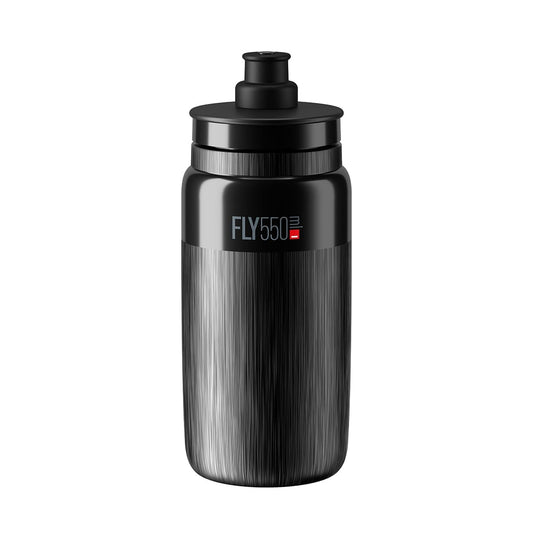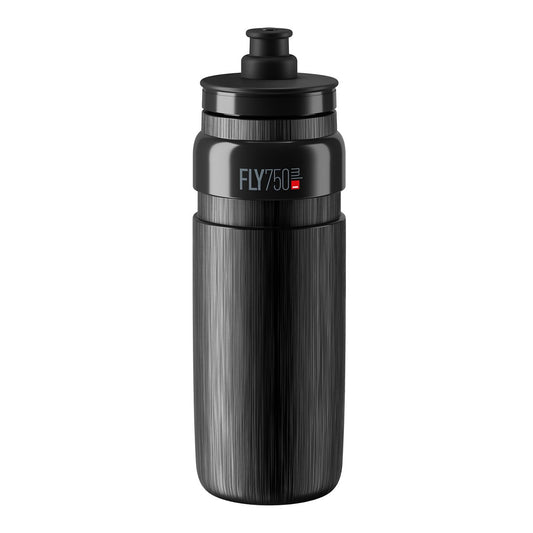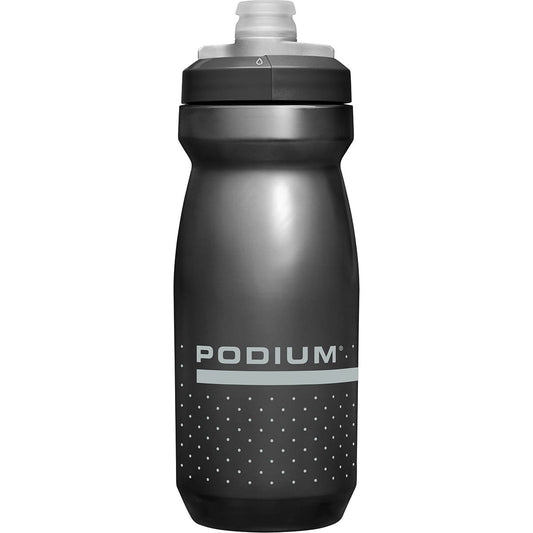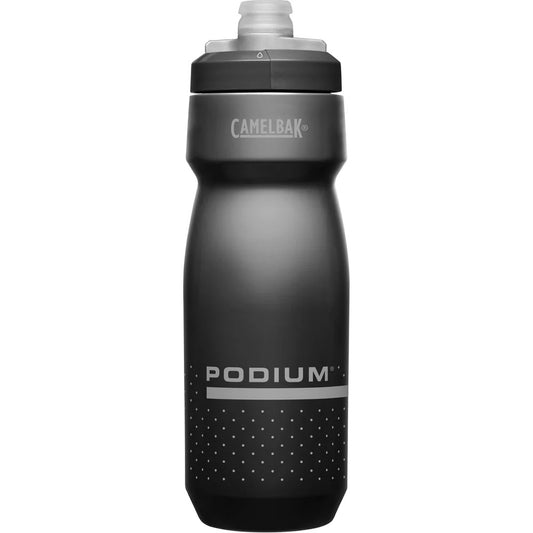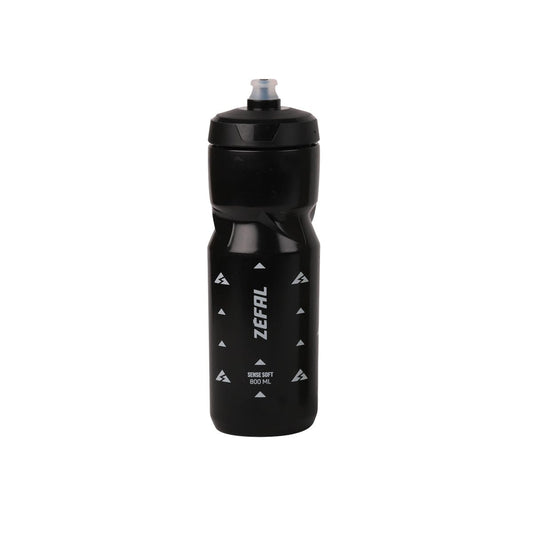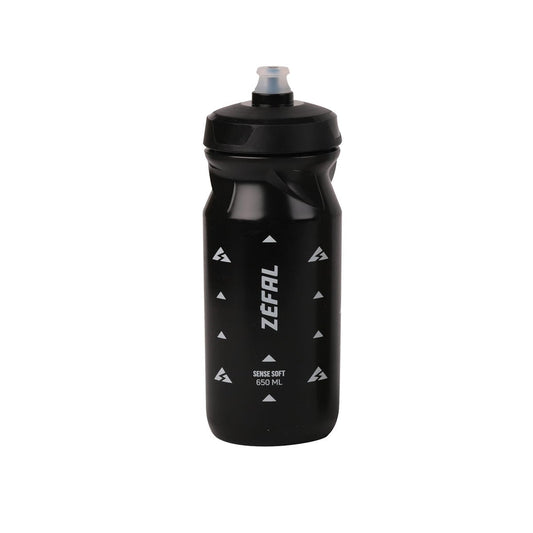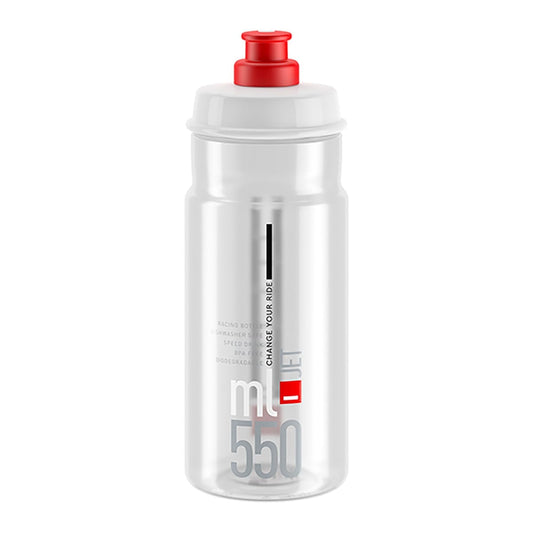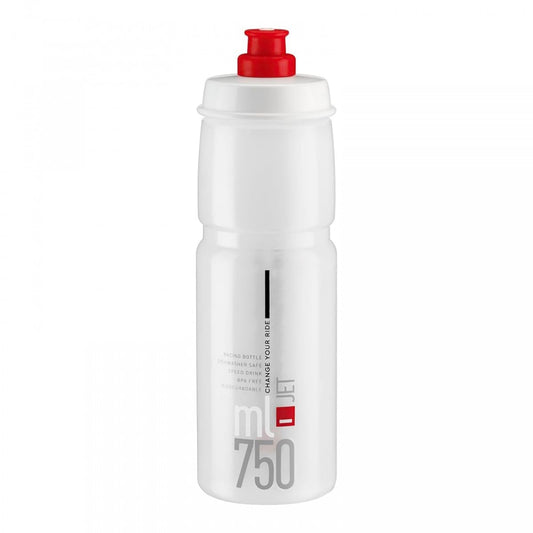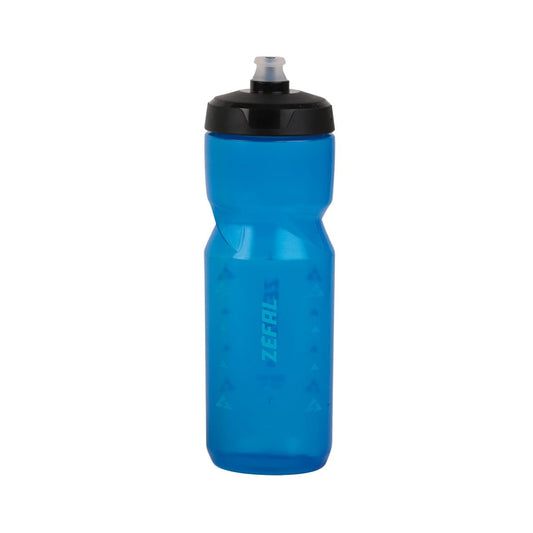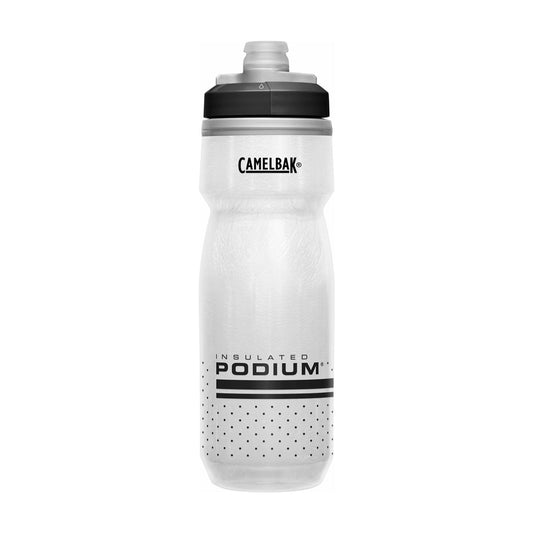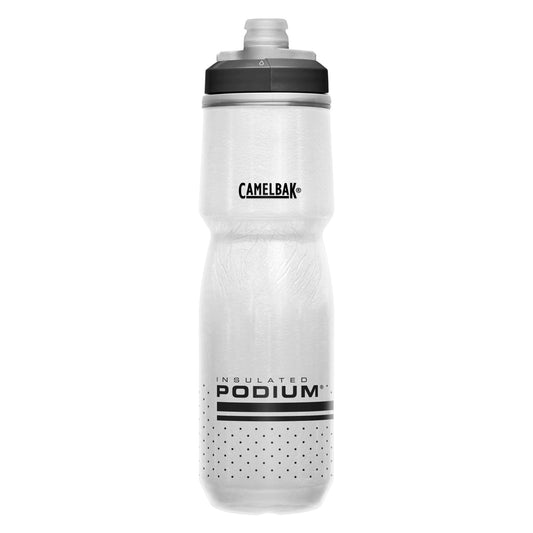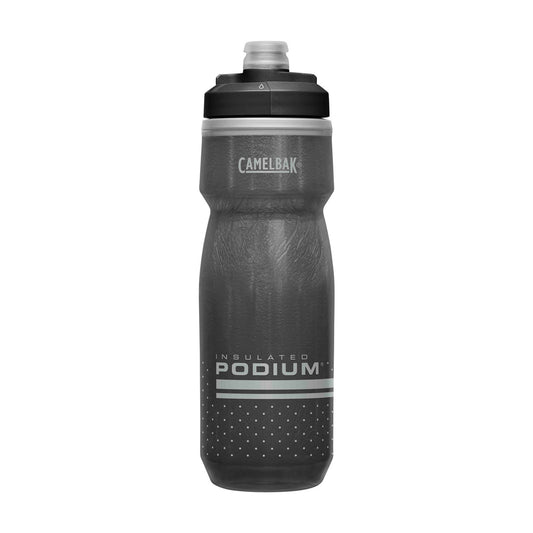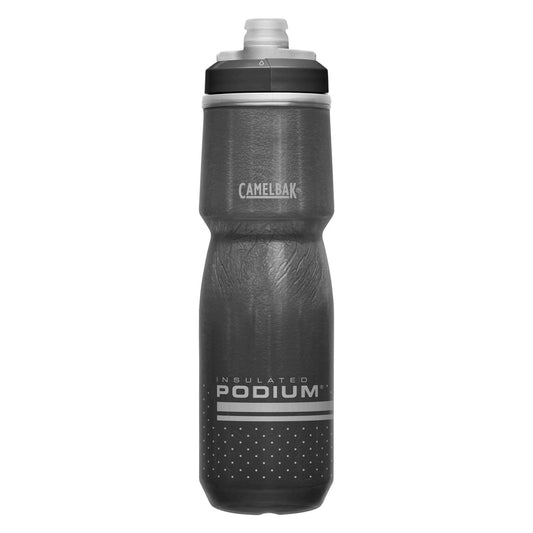Visit canister is cycling's flagship accessory! The arrival of water pouches has not signaled its retirement - on the contrary, it has the advantage of filling up in a matter of seconds. Combining the two solutions allows you to vary your liquids, for example, by carrying beverages rich in glucose and fructose in the hydration reservoir and water in the canister(s), or vice versa.
To meet every need, manufacturers now offer a wide range of materials, textures and functions.
Characteristics of a canister
- Can types : capacity, closure and nipple systems, compressible models...
- Materials: plastic, aluminum or a mix of plastic / stainless steel / gel for isothermal models...
ALL YOU NEED TO KNOW ABOUT CANISTERS
Can types
The volume content is highly variable, ranging from 400 ml to over 1 liter of liquid, with the most common capacities between 500 and 750 ml.
Some cans are made from compressible to reduce their volume considerably (by around three/quarters) once their contents have been emptied.
The closure The canister can be closed with a pull-cap or screw-cap. In some cases, a cap is fitted to prevent splashes of dirt, dust or insects. The valvevalve, flexible or rigid depending on the model, is usually unlocked with the tines, but some models feature an additional teat allowing you to drink by simply sucking on it.
Materials
The plastic is a lightweight, low-cost option. The can's varying degrees of flexibility make it easy to hold. However, it does not retain the original temperature of the liquid.
At aluminumaluminum cans are heavier but more resistant, and often have good isothermal properties. What's more, taste is less likely to be distorted by this material.
Finally, some models isothermal are double-walled, with a plastic exterior and gel or stainless steel insulation inside. These cans combine the two advantages of a comfortable grip and a beverage that retains its initial temperature for several hours.
Which canister should I choose?
Your choice will be guided by several criteria:
Capacity
The first factor in choosing a water bottle is its capacity, depending on the duration of the outing: for a short outing, 500 or 600ml is sufficient. If the weather is very hot, a 750ml model is justified. Larger cans, up to 1.1 liters, are suitable for outings lasting 2 or 3 hours. What's more, it's sometimes possible to carry several water bottles, on the frame, in a pannier, a bag or a bottle. rucksack or even a jersey pocket.
Diameter
Although a diameter of 66 mm can sometimes be encountered (children's water bottles or pro water bottles for short outings), the norm is 74 mm, for a better grip when volume is important. Compatibility with bottle cage is therefore generally not a problem. All you need to do is choose a bottle-holder that matches the bottle's length and weight when full.
Materials
When it comes to materials, if you're looking for lightness above all else, opt for a plastic bottle. In this case, opt for a Bisphenol A (BPA)-free can: the taste will be better preserved, not to mention the harmful effects of BPA on health.
Finally, some cans don't contain any liquid at all, but... a tool kit! In this case, another means of hydration, such as a water pouch, becomes indispensable.
Découvrez tous nos conseils & Tutoriels
